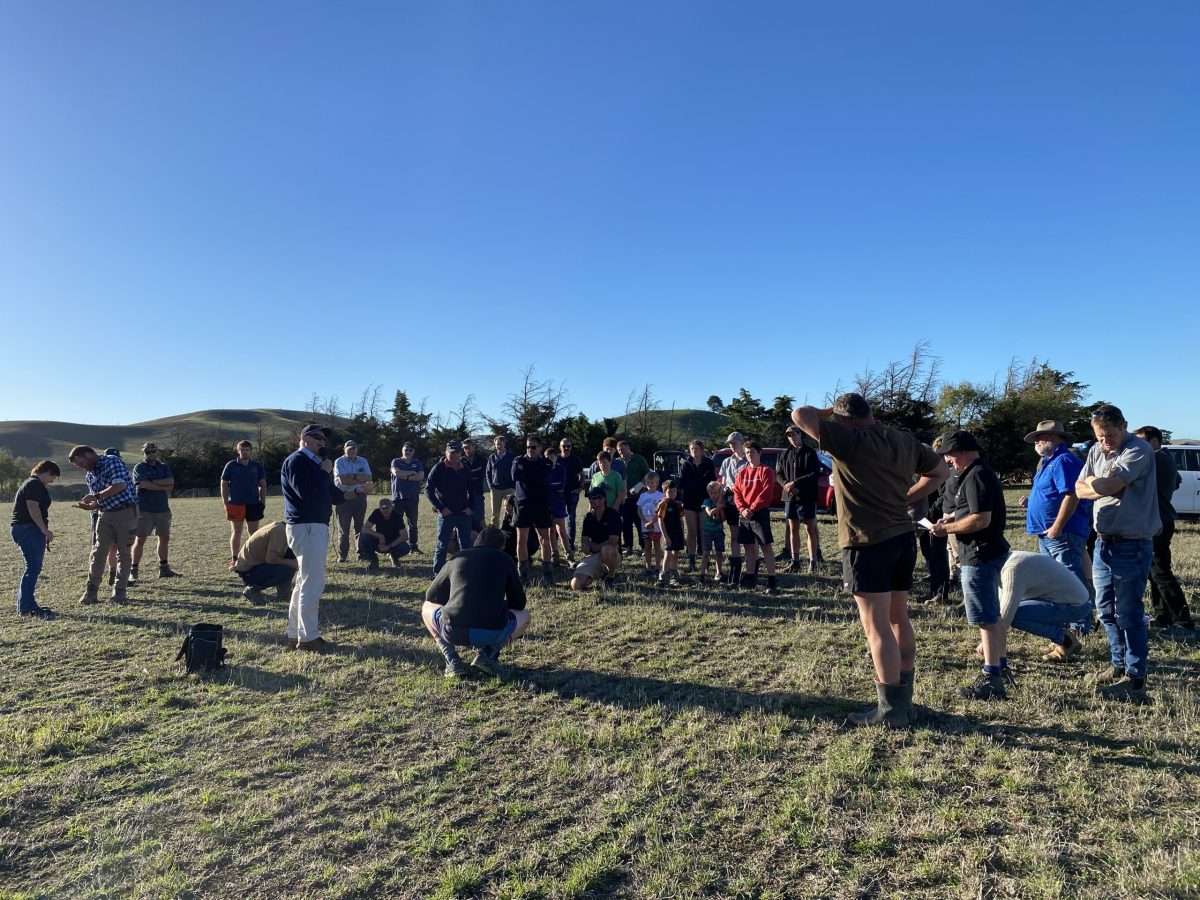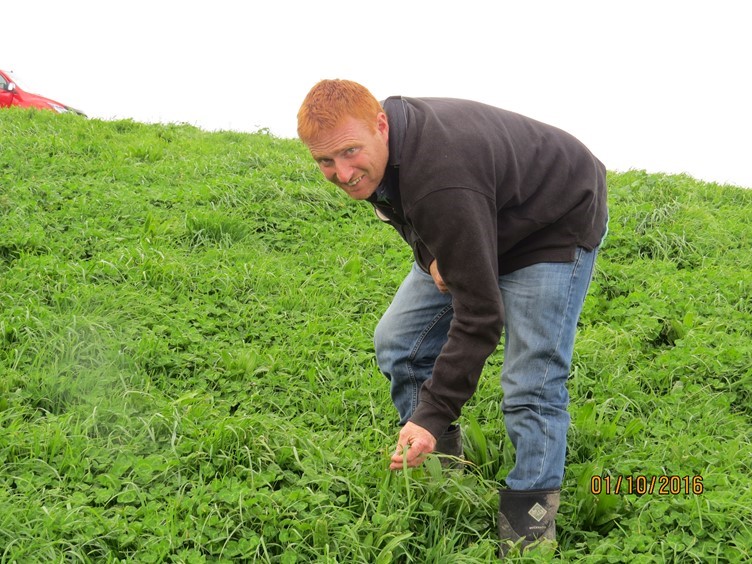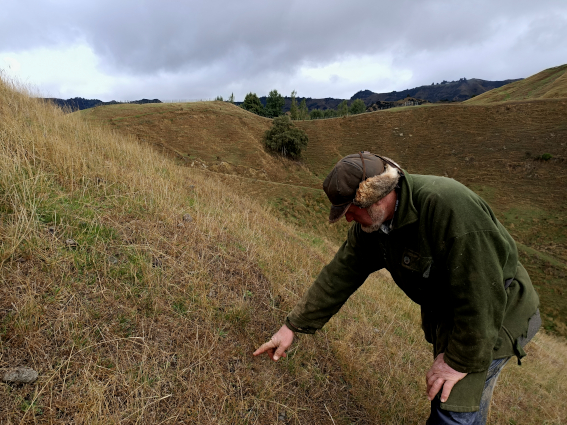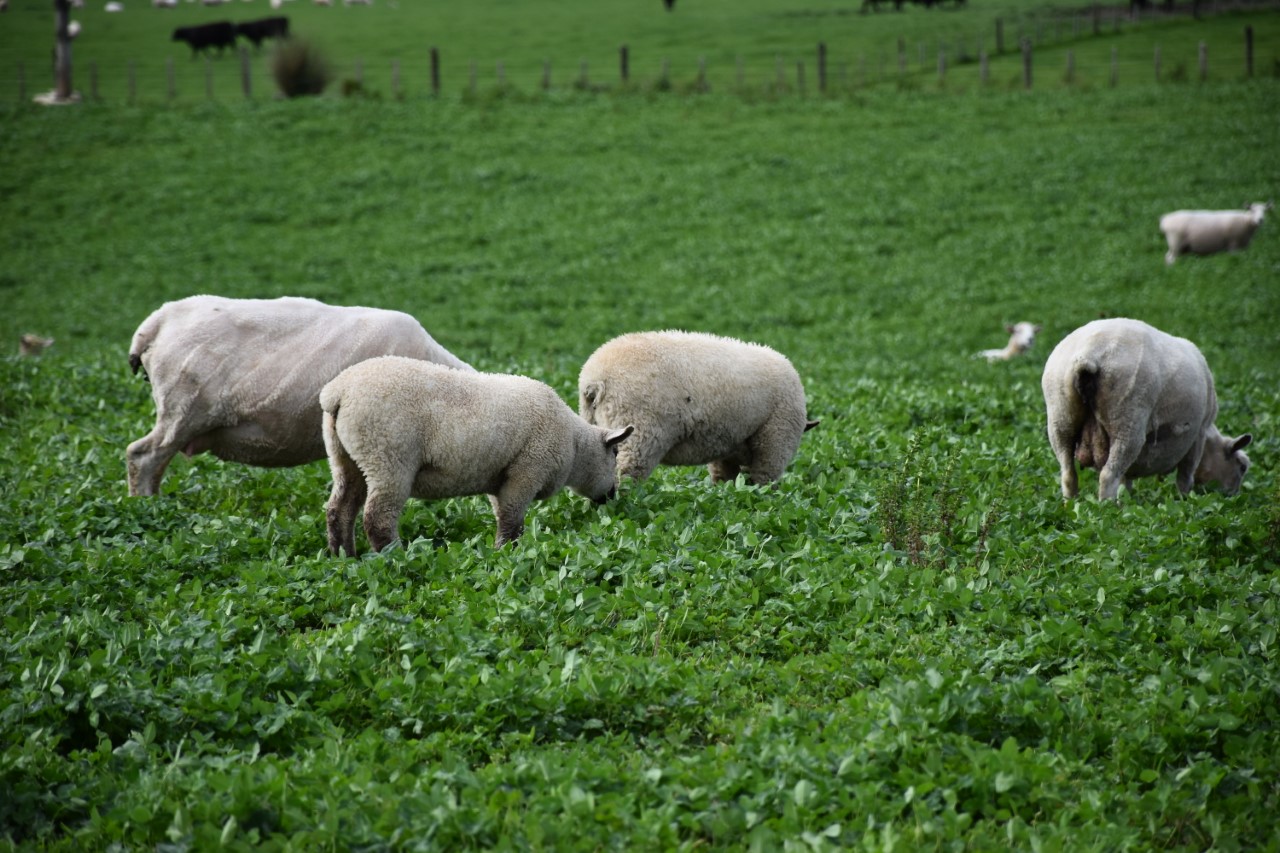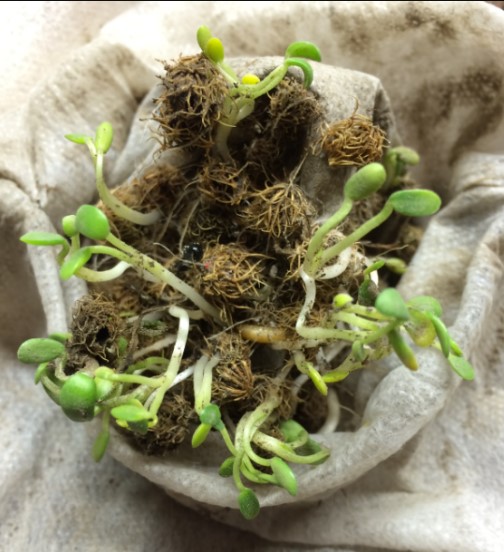Managing pastures during drought recovery
Note: this post was initially scheduled for posting on 19/04/2024, but was delayed due to website maintenance. Prof Moot was in Marlborough mid-April discussing how to make the most of the 50-60 mm of rain that broke the drought their last weekend. His list of do’s and don’ts was delivered in the woolshed and in … Read more
